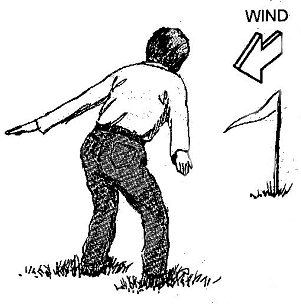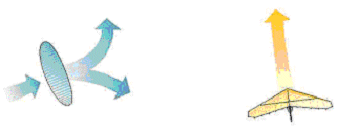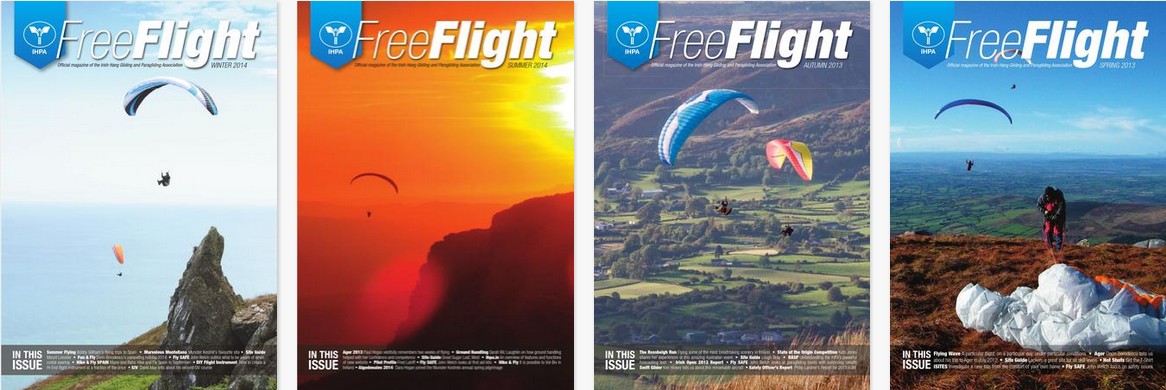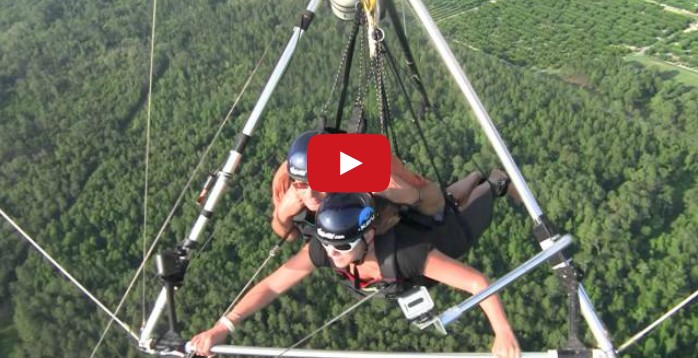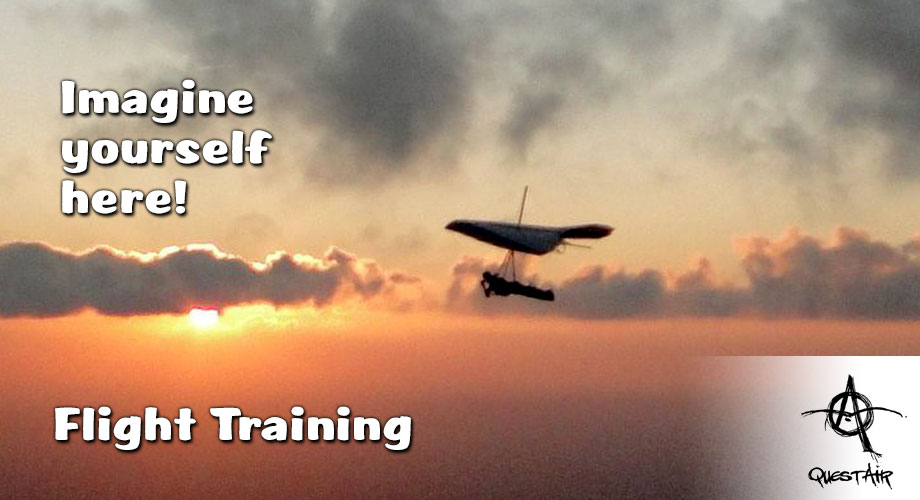[TAKE NOTE! - As of 2015 the Rules of the Air concerning overtaking another glider have changed to conform with UK and European rules.]
Download and print out a copy of these rules (using the icons at the top right of this page) and keep them in your harness.
General:
- SEE and AVOID! It is the pilot’s responsibility to take all possible measures to avoid a collision with any other glider.
- A pilot shall not launch (or inflate their canopy) if there are other gliders directly in front of (or crossing) the launch area.
- A glider shall not be flown so close to another glider as to create a danger of collision.
- After taking off, pilots must fly clear of the launching area leaving it clear for other pilots wishing to launch.
- Novice and other low airtime pilots must fly with a broad red ribbon attached to their harness (PG) or kingpost (HG) to identify them to other pilots. All pilots must give these novice pilots a wide berth and not fly close to them or crowd them in the air as they have limited experience and a limited ability to manoeuvre.
(Gliders and distances are not to scale – You should never be this close!)
Converging Gliders
When two gliders are converging at approximately the same altitude, the glider with the other on its right shall give way (i.e. the glider to the right has right of way.)
Approaching Head On
When approaching approximately head-on with a risk of collision, both gliders shall alter course to the right.

Approaching Head On, on a Ridge
When ridge-soaring, if two gliders are flying towards each other at similar height, the pilot with the ridge to his right has the right of way, and the pilot with the ridge to his left must move out so that the other has room to maintain course without having to turn into or over the ridge.
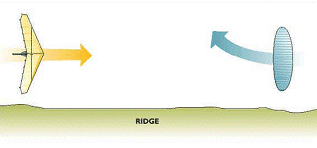
Overtaking
When overtaking another aircraft you must give it a wide berth and take care not to impede it. A glider may overtake another glider to either the left or right (hang gliders and paragliders are both considered to be gliders). When hill soaring the safest course of action is often to turn back rather than to overtake. If you do need to overtake, make sure that you pass well clear of the other glider.
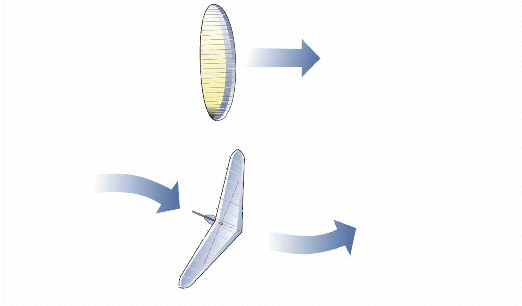
Thermaling
The first glider entering a thermal may decide which direction to turn in. Gliders joining a thermal must give way to gliders already established in it and turn in the same direction regardless of whether they join the thermal above or below other gliders already established in the thermal.
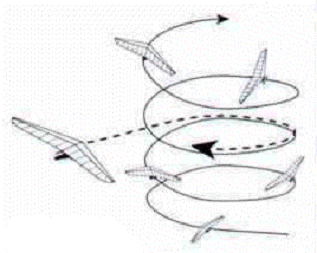
Landing
A glider landing or on final approach has the right of way over all other gliders on the ground.
When two or more gliders are landing, the lowest glider on final approach has the right of way, provided it does not cut in front of or overtakes any other glider on final approach.
After landing, you must clear the landing area as soon as possible.
Indicating the Wind Direction from the Ground
When indicating the wind direction to a pilot in the air, face the wind, lean forward, hold your arms out and back like a glider and walk or run into the wind.
The signal for zero wind is to stand up, hold your arms out horizontally from your sides (in a T shape) and turn completely around several times.
